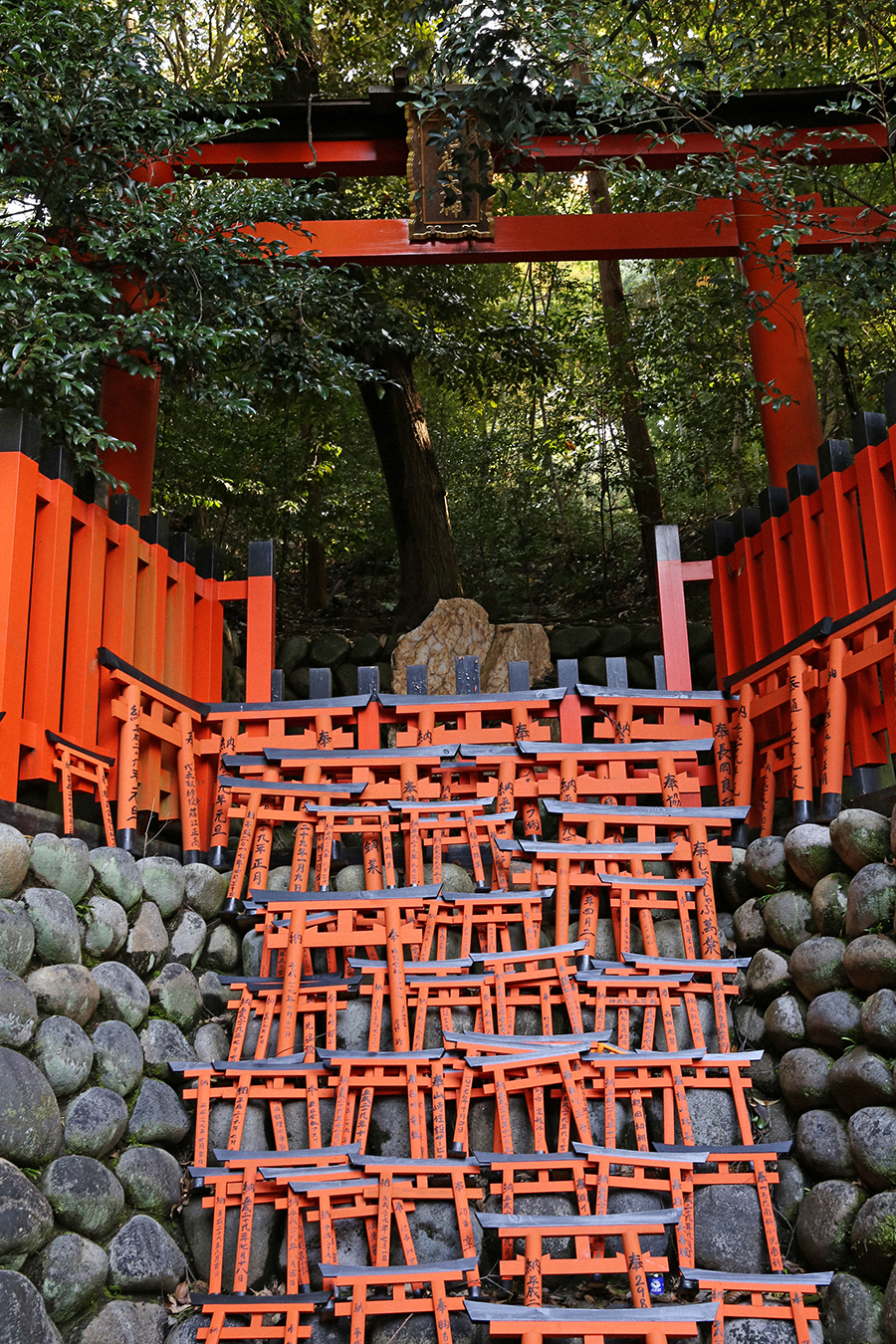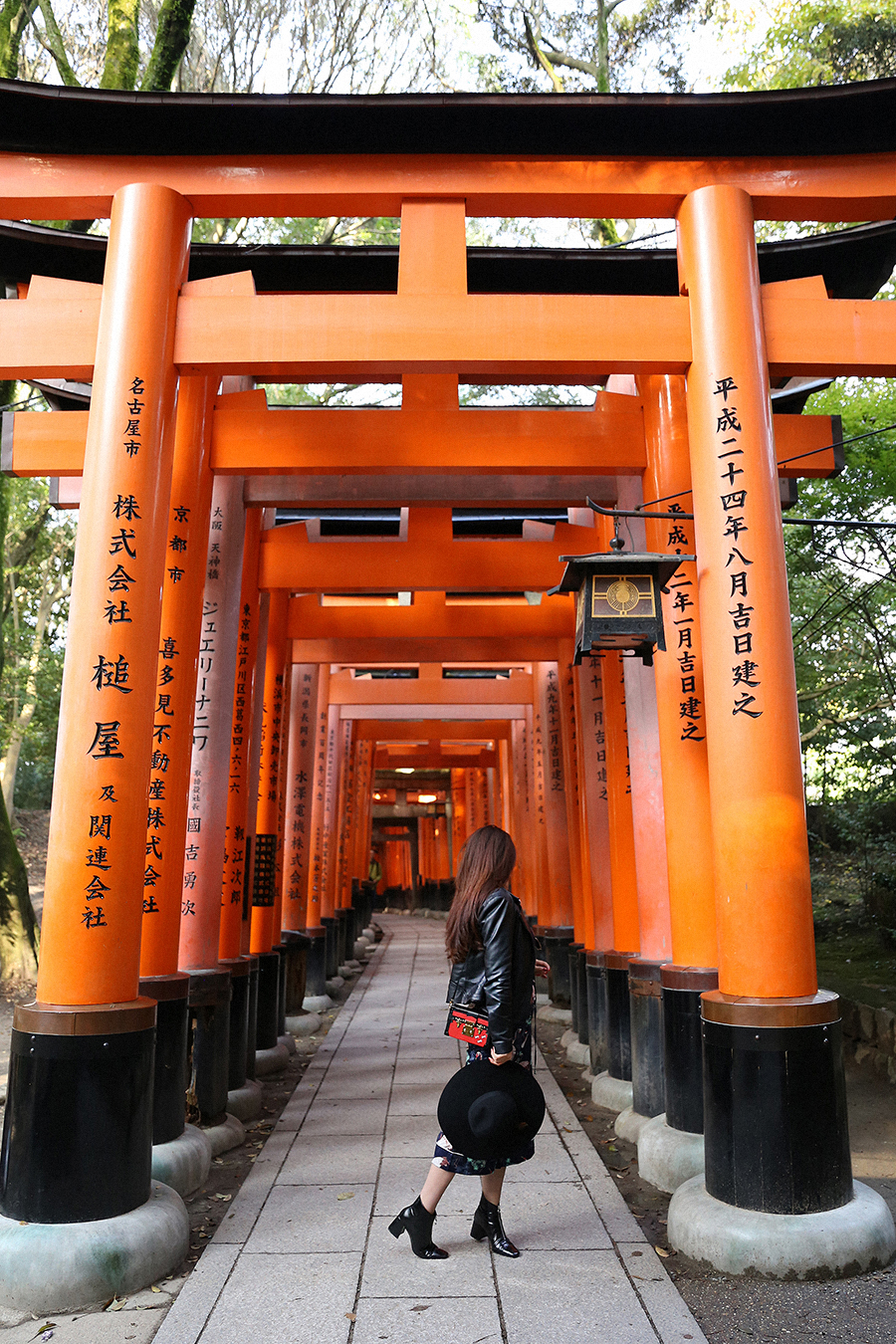
Desperately Seeking Shinto - A Confused Atheist Finds Some Comfort in One of Japan's Most Famous Shrines
My trip to Japan couldn't have been more timely, even if it was brief. I was in dire need of a few 'mental health days', if only as a short break from the conflict that has inadvertently been made a part of my daily life for the unforeseeable future. Any solace to be found in spirituality and religion would be a bonus, albeit a bit of a reach as I oscillate between derisive atheism and fluctuating agnosticism. If I had to choose a faith that somewhat made sense to me, the closest candidate would be the Japanese ethnic religion - Shinto.
Shinto, or kami-no-michi (Way of The Gods) is the belief in divine entities, kami - the sacred, spiritual essence that manifests in multiple forms. The closest English definition for kami is "gods", but kami is more nuanced than that - kami refers particularly to the power of phenomena that inspires a sense of wonder and awe in the beholder, a mystery so fearful and fascinating as to make it divine. Kami reside in all things - both animate and inanimate - and certain natural places such as mountains, trees, rivers, etc. are considered to have an unusually sacred spirit about them and are objects of worship.


FUSHIMI INARI TAISHA
Of the many taisha (shrines) dedicated to many different kami, Fushimi Inari is one of the most famous in Japan. It is the head shrine of Inari: the god of rice, traditionally worshiped as the patron of business. Indeed, during my visit I witnessed a ceremony performed by Shinto maidens, who conveyed several businessmen's wishes for prosperity and success. This immensely popular shrine - with 32,000 sub-shrines throughout Japan - sits at the base of a mountain (also named Inari) and is iconic for its characteristic orange - sorry, vermillion - structures. Fushimi Inari Taisha is also a popular destination for the serene walking paths that span 4km up the mountain and pass several smaller shrines along the 2 hour-long walk.
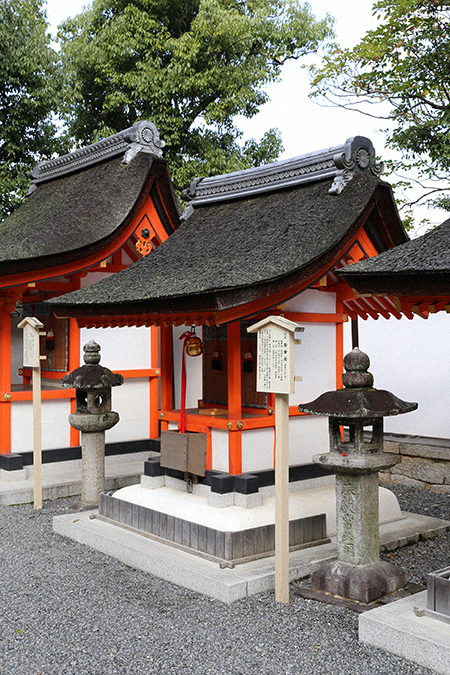 |
| FUSHIMI INARI IS LIKE A CITY, WITH STRUCTURES OF ALL SHAPES AND SIZES. |
 |
| SPOTTED: ONE OF MANY STATUES OF FOXES, BELIEVED TO BE MESSENGERS. |
 |
| EMA - WOODEN PLAGUES WITH WISHES WRITTEN ON THEM. |
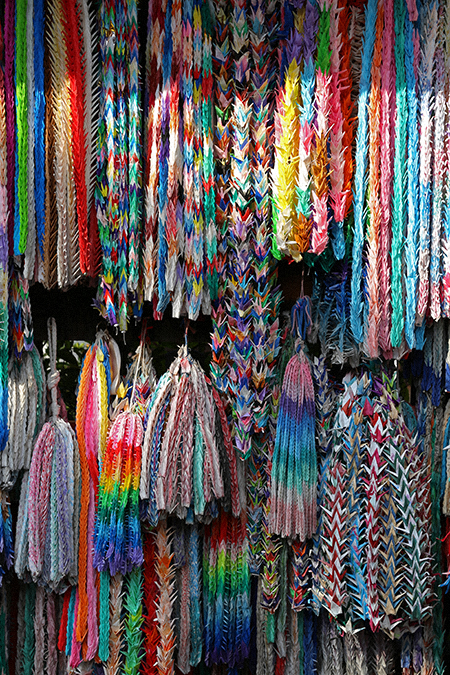 |
| ORIZURU (PAPER CRANES) - 1,000 ARE NEEDED TO MAKE A WISH COME TRUE. |
SENBON TORII
A FOREST OF HOPES AND DREAMS
Beyond the main grounds of Fushimi Inari Taisha is one of the most iconic views of Japan and the highlight of the grounds - Senbon Torii (Thousands of Torii Gates). A stunning trail of 10,000 torii gates - painted in auspicious vermillion, naturally - densely packed together to form a tunnel of hope, as it were: for each individual gate represents a wish come true. The custom is, that for each wish granted by O-Inari-san at Fushimi Inari Taisha, the grateful return to donate a torii in an act known as hono: the dedication of valuable items to deities in temples and shrines. It's no paltry coin-toss-in-a-well: a small gate starts at 400,000 yen and goes up to over one million yen for a large gate.
Was it the crisp autumn sun mixing with the vermillion colours to create an ambient glow that filled me with such warm, fuzzy feels? Was it the spirituality of this famous Shinto power spot beginning to imbibe my cautiously disbelieving soul? Or was it the symbolism - tens of thousands of torii representing the many wishes O-Inari-san had granted - that gave me hope for the future? Either way, the effect was powerful. Every single torii gate was a figurative tree that grew from the seed of a wish and watered with faith. And here was an entire ten thousand-strong trail of torii: a literal forest of hopes, dreams, and desire come true.
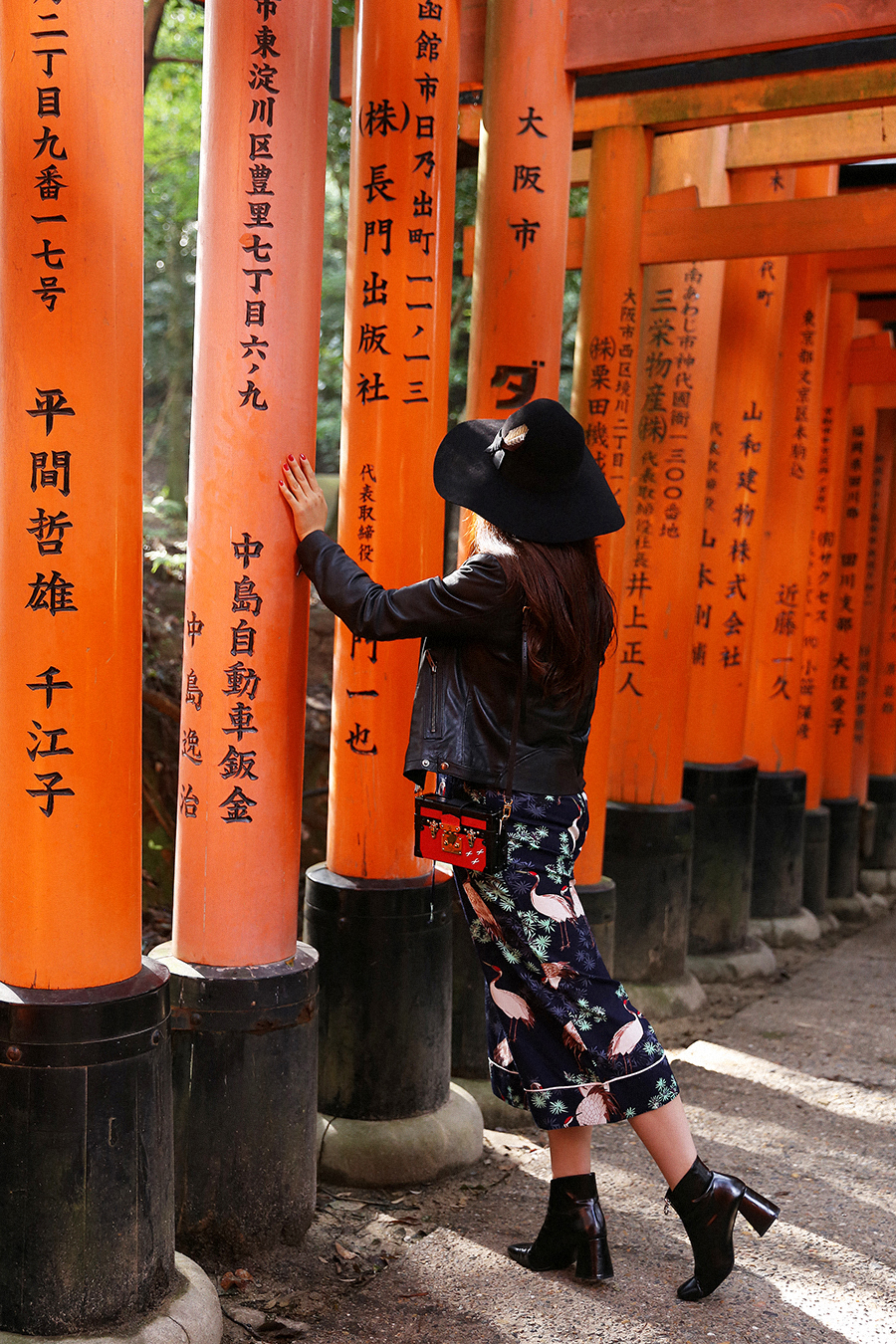
Despite my natural skepticism, I found it hard to not be moved by the Senbon Torii of Fushimi Inari Taisha. Indeed, much like Shinto, it is the importance that the Japanese place on rituals and customs that lent me a much-needed sense of structure, or at least the need to form some coherence in a chaotic world. And I couldn't have chosen a better city in Japan to witness that reverence toward "doing things properly", as you'll soon see from my other Kyoto (and Tokyo) entries...▣





